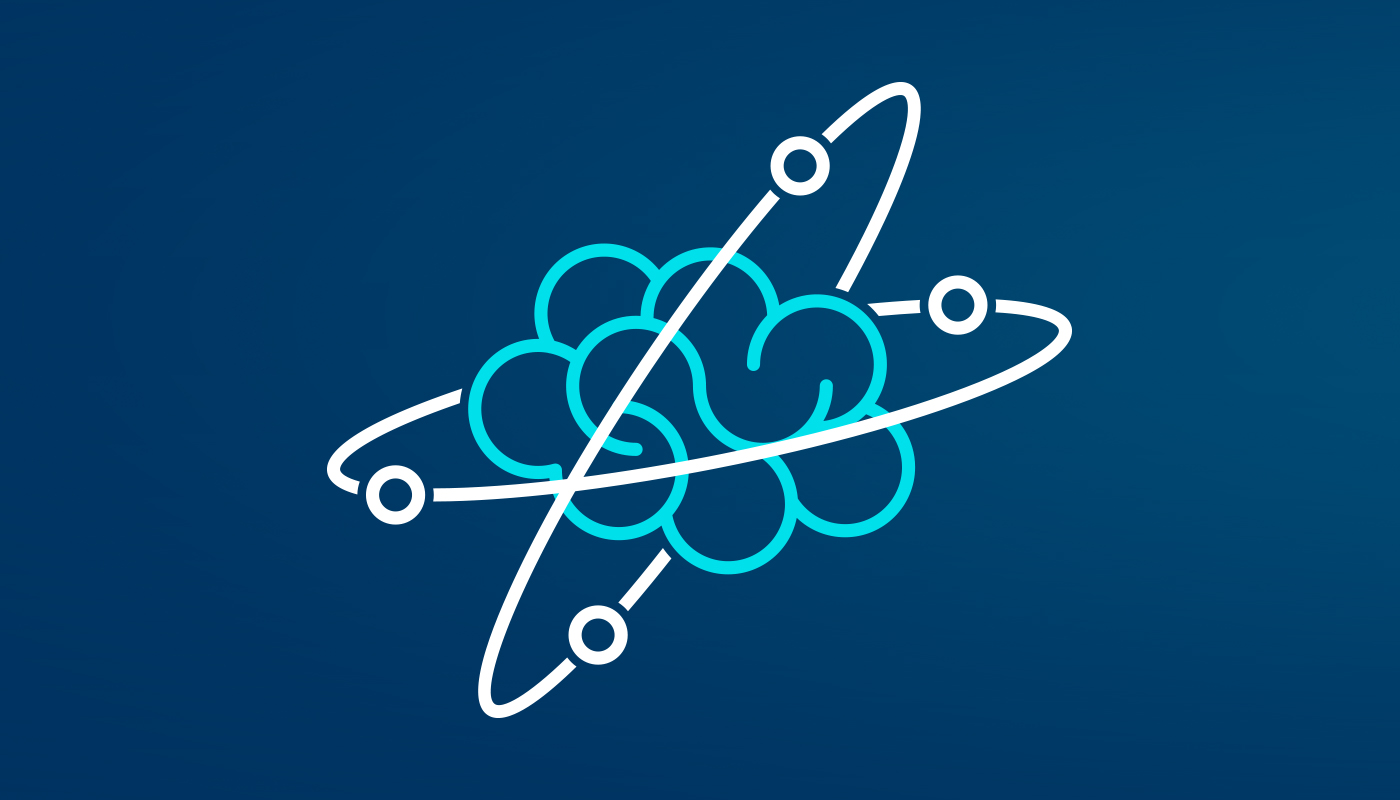Get to know the ins and outs of neuroscience.
Focus groups and surveys are powerful tools to understanding people’s purchasing decisions. That being said, sometimes people don’t understand why they bought that Snickers at the Target checkout. It was a snap reaction, with seemingly no reason why. That’s where a whole new research science steps in: neuroscience.
What the Heck Is Neuroscience?
Neuroscience is the study of the brain and its impact on how we think and act.
This is exciting new territory for marketers. If we can better understand the brain, we can better understand why people buy what they buy. It’s an emerging field that is getting a lot of limelight; some of it good, some of it bad.
An article by The Guardian argues that this science is more “glitter than gold.”
“Marketing has discovered neuroscience and the shiny new product has plenty of style but very little substance.” The author goes on to examine a Porsche ad that seems to involve neuroscience, when in fact, “The images were computer-generated, the measurements impossible, and the scientist an actor.”
On the other end of the spectrum, there’s the University of Pennsylvania Wharton, which launched the Wharton Neuroscience Initiative in 2016. Its director, Michael Pratt, states that, “…Neuroscience is here, and the future of business is in neuroscience.”
How Do You Apply Neuroscience?
Whether or not you’re a fan, it’s good to stay aware. Here are some major players in the world of neuroscience according to a white paper published by the American Marketing Association.
Neuroscience Tactics
Functional magnetic resonance imaging (fMRI)
What does it do? Measures blood flow to parts of the brain
Cons: Expensive, small sample sizes
Electroencephalography (EEG)
What does it do? Measures electrical impulses given off by the brain
Cons: Expensive, not scalable, takes time, small sample size
Magnetoencephalography (MEG)
What does it do? Measures brain activity through magnetic reactions
Cons: Expensive, not scalable
What does it do? Measures tiny facial expressions
Pros: Can use small camera or webcam
Cons: Requires manual coding, time consuming, expensive for large samples
What does it do? Shows what someone looked at and for how long on a screen
Pros: Portable, non-invasive, relatively easy to scale
Other Biometrics
What are they? Heart rate, body temperature, respiration, galvanic skin response
Cons: Not easy to measure, use large equipment, small sample size
You probably noticed a pattern, neuroscience tactics are pricey. Meaning, most of the tests are out of scope for midsize or small businesses. But don’t write off neuroscience just yet. Taking note of the neuroscience principles can be very useful — and doable — for any company, no matter their size or budget.
Useful Neuroscience Findings
You may not be able to afford a fMRI, but you can learn from neuroscience findings and apply them to your project.
- Simplify
- Neuroscience research concluded that “working procedural memory can only handle five to seven items at any moment.” Your takeaway? Whether you need a new website or a new brand, simpler sticks.
- Evoke Emotion
- Your customers are human, so they are always feeling. Indulge them by using marketing that speaks to their emotions and aligns with your brand.
- Balance comfort and the unexpected
- People are drawn in by the new and exciting, but don’t overdo it. Neuroscience shows that people are attracted to things that feel somewhat familiar.
- Avoid Ambiguity
- Clear and concise keeps customers reeled in.
- Promote Scarcity (Retail)
- For online or in-store purchases, spur action through mentioning limited supplies or sales deadlines.
Top Takeaways
Neuroscience is full of potential. Even if you don’t have the biggest budgets, you can still use tactics proven by neuroscience to your advantage. And if you have the budget, don’t put all your energy into one basket. Combining neuroscience tactics with traditional research, such as surveys, focus groups and analytics, will provide the most well-rounded answers.

